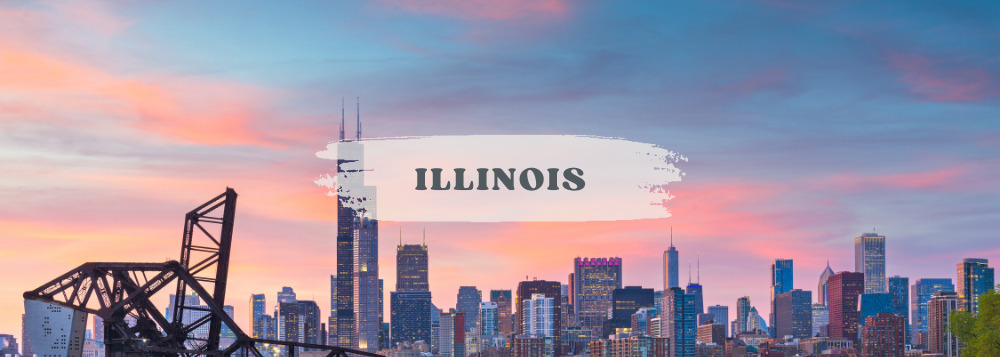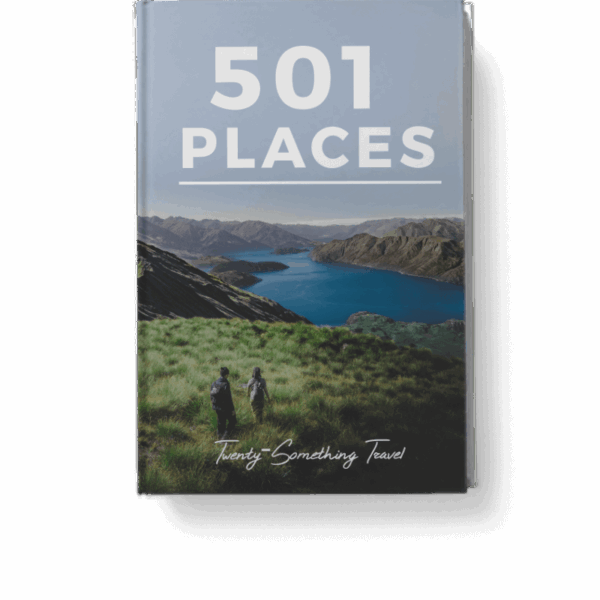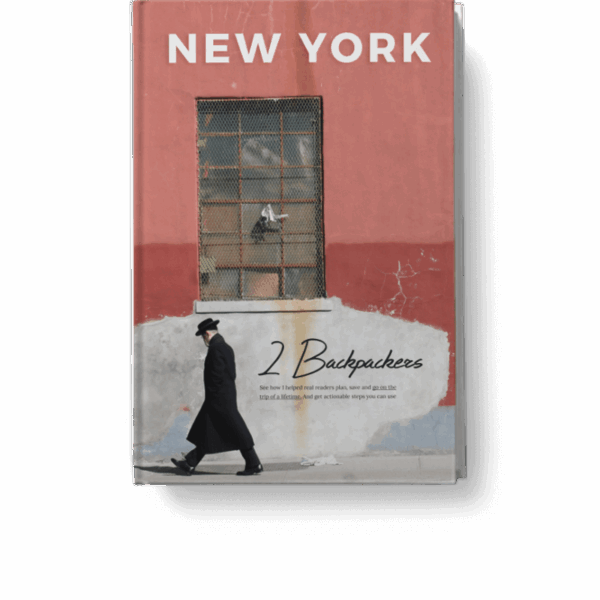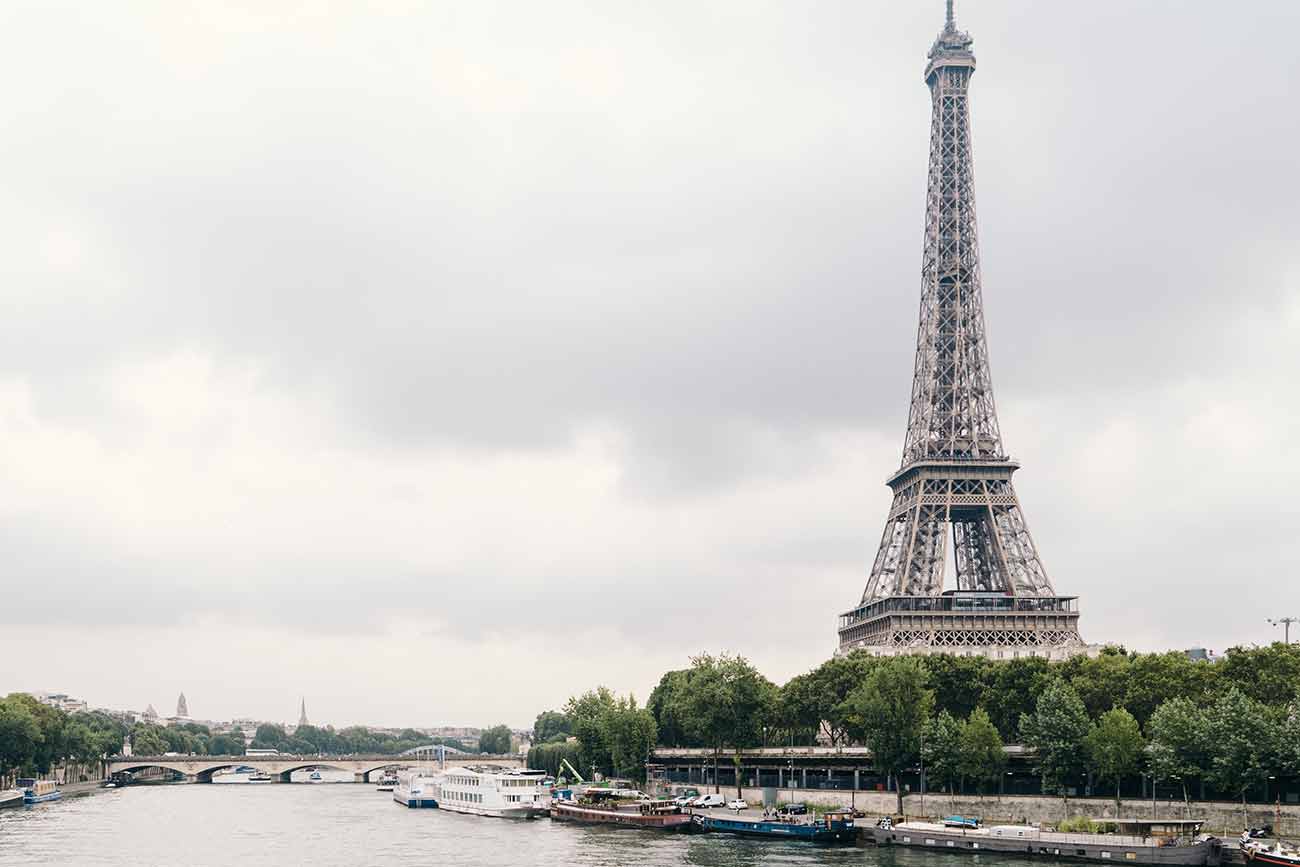Illinois
Illinois, often called the Prairie State, is a richly diverse Midwestern state with a dynamic mix of urban centers and rural communities. Its climate brings the full range of seasons—hot, humid summers and cold, snowy winters—along with severe spring weather due to its location in Tornado Alley. Geographically, Illinois stretches from vast prairies to forested hills and the shores of Lake Michigan, offering both natural beauty and fertile land that supports its strong agricultural economy. The state’s economy is also bolstered by manufacturing and finance, particularly in Chicago, which serves as a global hub for business and culture.
Culturally, Illinois is shaped by its Midwestern values, immigrant roots, and Northern influences. Chicago stands out with its world-class arts, music, food, and sports scenes, while smaller towns throughout the state host lively festivals and showcase a strong sense of community. Sports play a significant role in everyday life, with passionate fan bases for baseball, football, and other sports. The people of Illinois are generally friendly and down-to-earth, striking a balance between the hustle of city living and the slower pace of rural areas. Visitors and residents alike enjoy a wide range of attractions, from scenic state parks and historical landmarks to the Abraham Lincoln Presidential Library and quirky destinations like Metropolis, the official home of Superman.
Things to See and Do in Illinois
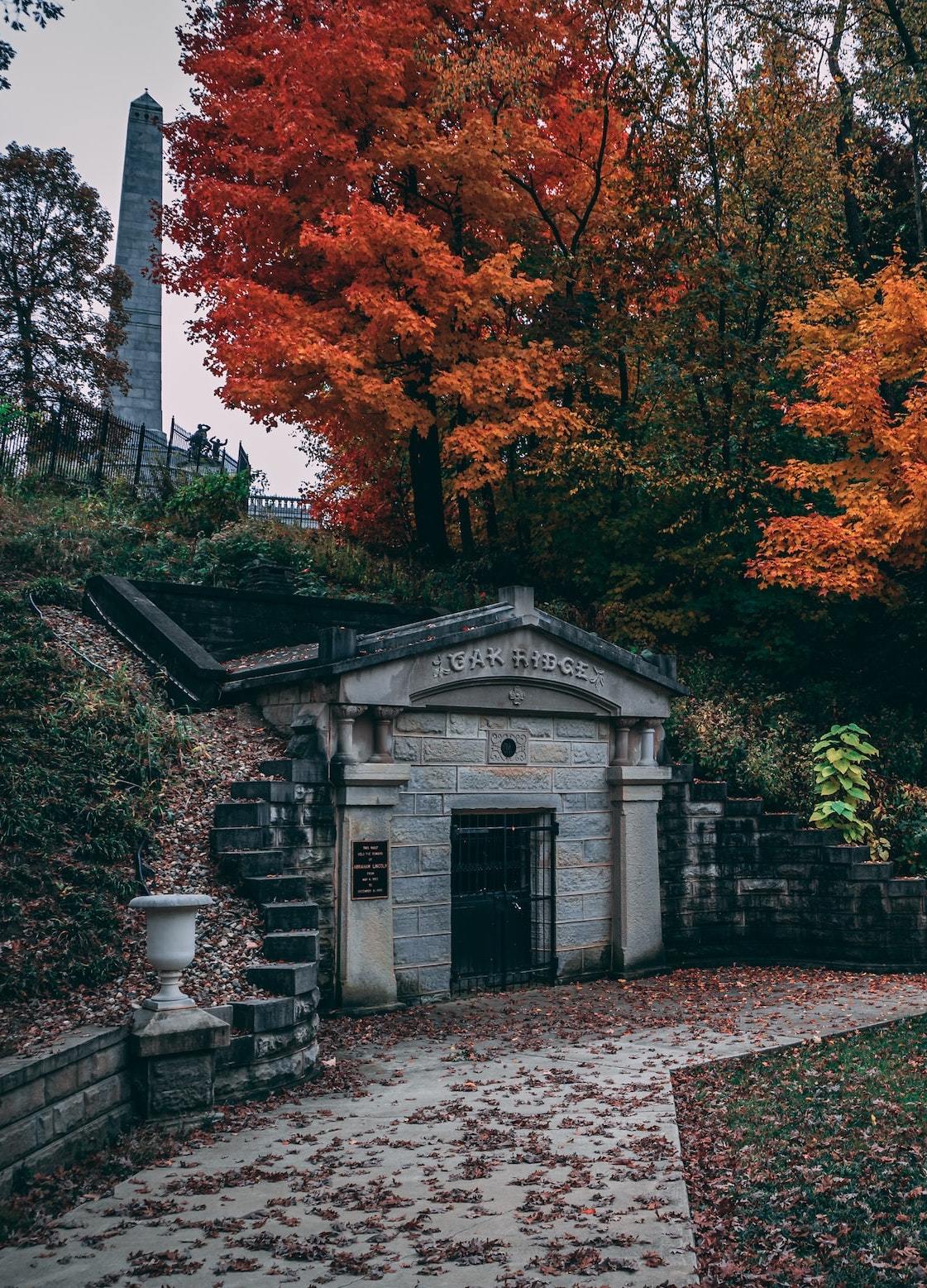
“Abraham Lincoln’s burial site”
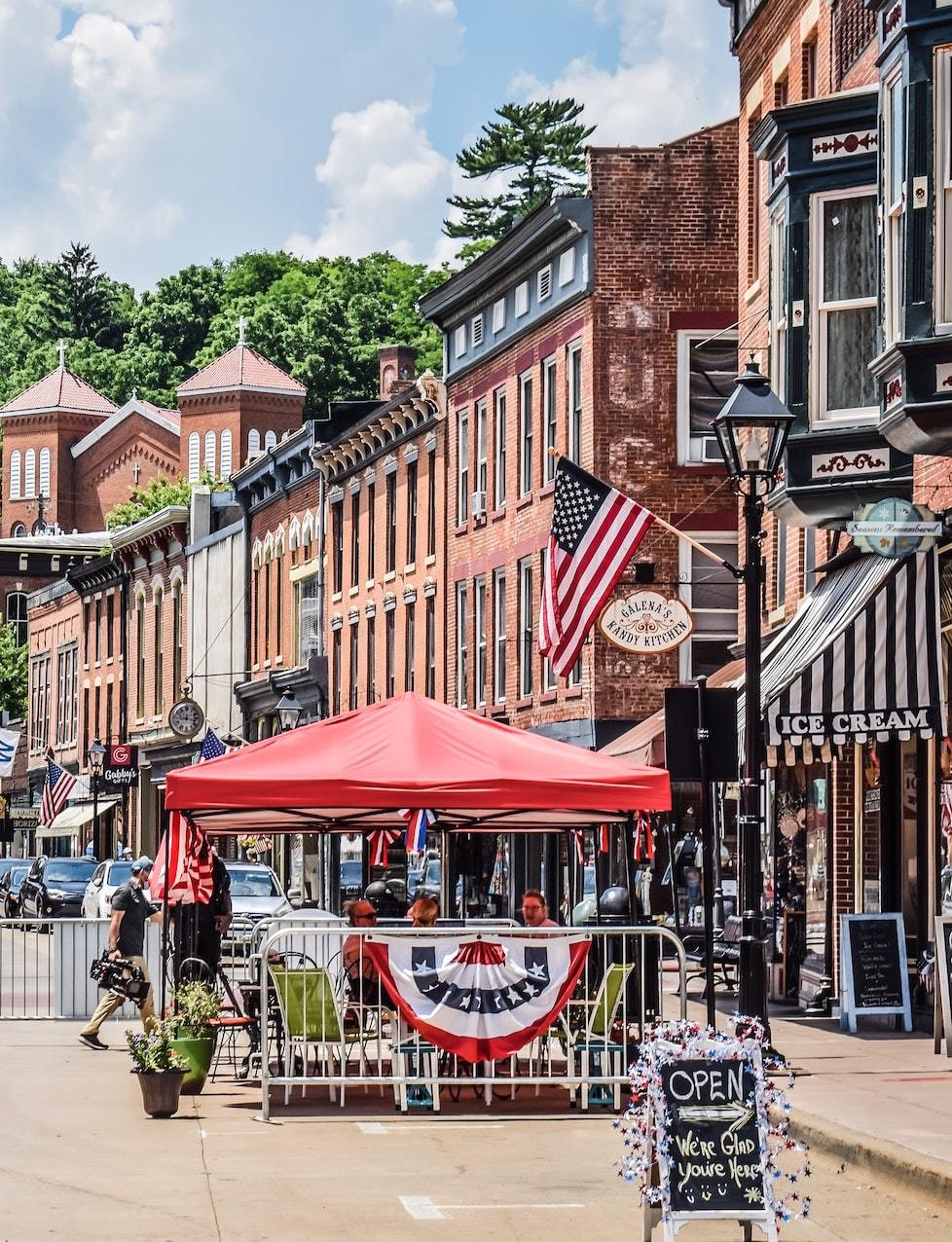
“Galena’s Historic Downtown”
Typical Costs When Travelling
Accommodation – The costs in Illinois vary depending on location, season, and type of lodging. Budget hotels typically range from \$60 to \$100 per night, while mid-range options cost between \$100 and \$180. Luxury hotels, especially in Chicago, can run from \$250 to over \$500 per night. Vacation rentals such as Airbnbs generally cost \$50 to \$100 per night for a private room and \$100 to \$250 or more for an entire apartment or house. Bed and breakfasts or boutique inns in scenic areas like Galena usually range from \$120 to \$250 per night. For those seeking outdoor experiences, campgrounds charge \$15 to \$40 for tent sites and \$30 to \$60 for RV hookups. Hostels, which are primarily found in major cities, offer dorm beds for \$35 to \$60 and private rooms for \$70 to \$100. Prices often increase during holidays, festivals, and peak seasons, so booking in advance or traveling during the spring or fall can help lower costs.
Food – While traveling through Illinois, food costs can vary depending on where and how you dine. For budget-friendly options, expect to pay around \$8–12 for a fast food combo meal and \$3–5 for a to-go coffee. Grab-and-go sandwiches or deli items typically cost between \$6–9, and snacks or simple lunch items from a grocery store usually fall in the \$5–15 range.
Mid-range dining is widely available, with breakfast at a local diner averaging \$10–15, lunch at a casual restaurant costing \$12–18, and dinner ranging from \$18–30. A pizza for two generally costs \$15–25. For higher-end meals, upscale dinners in nicer restaurants often range from \$35–60 per person, while fine dining in Chicago can easily exceed \$60–100. A cocktail or glass of wine usually costs \$10–15. Remember that tipping 18–20% is customary at sit-down restaurants, and portions are often generous, great for sharing or saving leftovers.
Transportation –
Traveling in Illinois offers a range of transportation options depending on your location and budget. In urban areas like Chicago, public transit is convenient and affordable. The CTA charges \$2.50 per ride, or you can buy unlimited passes—\$5 for a day, \$15 for three days, and \$20 for a week. Metra commuter trains, which connect Chicago to surrounding suburbs, typically cost between \$4 and \$10 one way, depending on distance.
If you’re renting a car, expect to pay \$40 to \$90 per day, with gas prices averaging between \$3.60 and \$4.10 per gallon. Parking in downtown Chicago can be expensive, with garages charging \$20 to \$50 per day and street meters running about \$2 to \$7 per hour. Rideshare services like Uber and Lyft are widely available, with short trips costing \$10 to \$20 and rides from the airport to downtown running \$35 to \$60. Taxis start at around \$3.50 plus \$2.25 per mile. For longer distances, Amtrak trains are a comfortable option, with one-way fares ranging from \$15 to \$50 depending on the route, such as Chicago to Springfield or St. Louis.
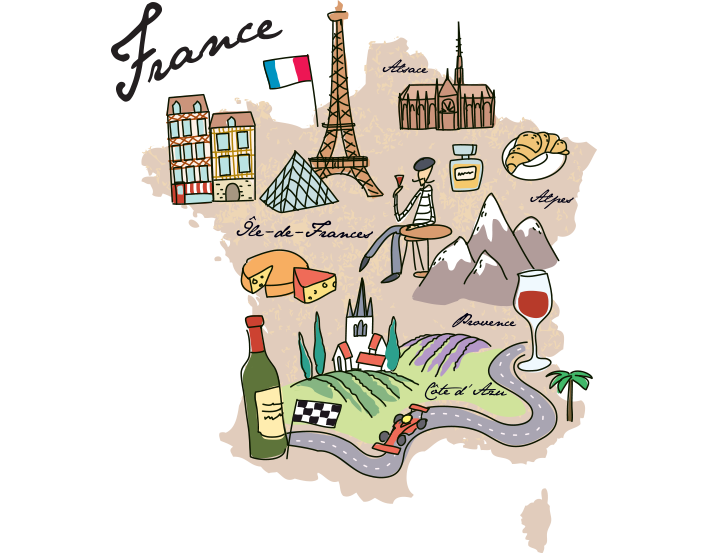
Suggested daily budget – Traveling in Illinois varies based on your travel style and destination. For budget travelers, you can expect to spend around \$60 to \$100 per day. This includes staying in hostels or budget motels (\$30–\$60), eating at diners or grabbing groceries (\$15–\$25), using public transportation (\$5–\$15), and enjoying low-cost attractions like parks and free museums (\$5–\$10).
Mid-range travelers should plan for a daily budget of about \$150 to \$250. This would cover a stay at a mid-range hotel or private Airbnb (\$100–\$150), meals at sit-down restaurants and coffee shops (\$30–\$50), a mix of car rentals, Metra, or rideshares (\$20–\$30), and entrance fees to museums or guided tours (\$20–\$40). Luxury travelers may spend \$300 to \$500 or more per day, especially in cities like Chicago. This includes upscale lodging (\$200–\$350), fine dining and cocktails (\$60–\$100), private transportation or valet services (\$30–\$50), and premium activities like exclusive tours or shows (\$50+). Costs are typically lower in smaller towns and rural areas.
Money Saving Tips
What can I expect from Illinois?
Illinois offers a rich blend of experiences, from the energetic pace of Chicago to the peaceful charm of rural towns and farmland. As a state that experiences all four seasons, you can expect hot, humid summers and cold, snowy winters, along with beautiful transitions in spring and fall. Tornadoes and thunderstorms are more common in the spring, especially in the central and southern parts of the state. The landscape ranges from flat prairie fields and rivers to forested parks and the shoreline of Lake Michigan, making Illinois an ideal destination for both city adventures and outdoor exploration.
Culturally, Illinois is a diverse and welcoming state. Chicago is a hub for music, theater, art, and world-class food, while the rest of the state reflects strong Midwestern values and hospitality. Whether you’re exploring small-town festivals, cheering on a major sports team, or walking in the footsteps of Abraham Lincoln, there’s no shortage of meaningful and memorable experiences. With a strong economy, rich history, and accessible attractions, Illinois is a destination that offers something for every kind of traveler.
September 27, 2018







